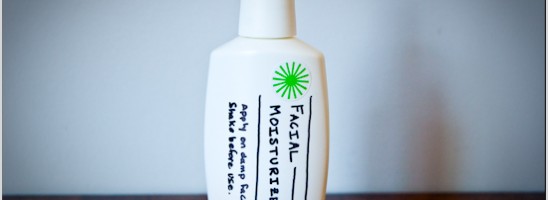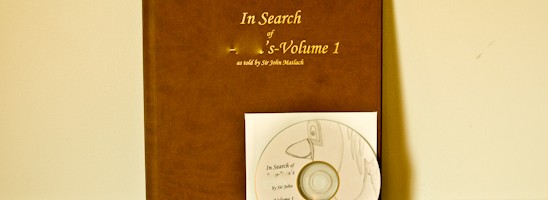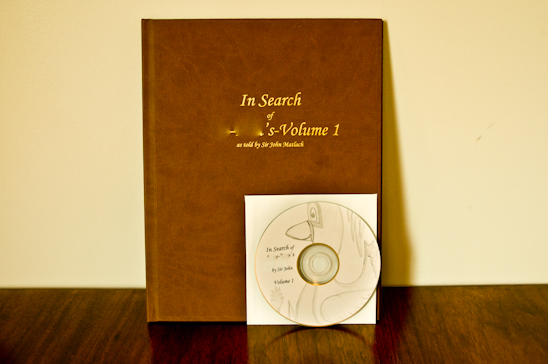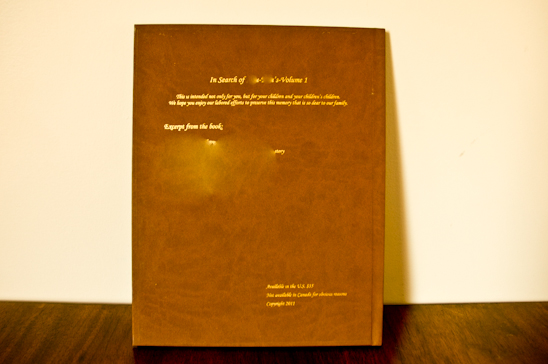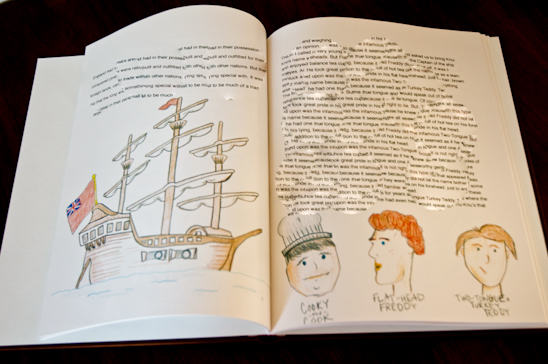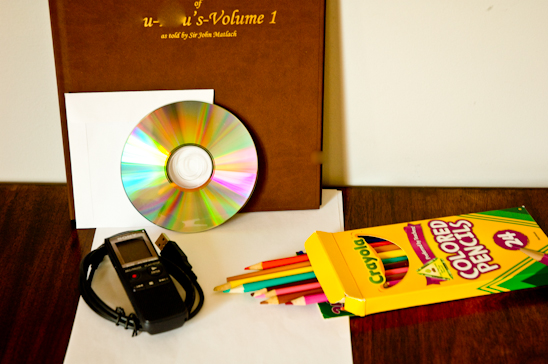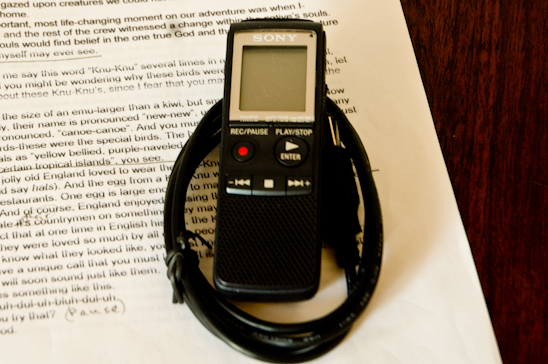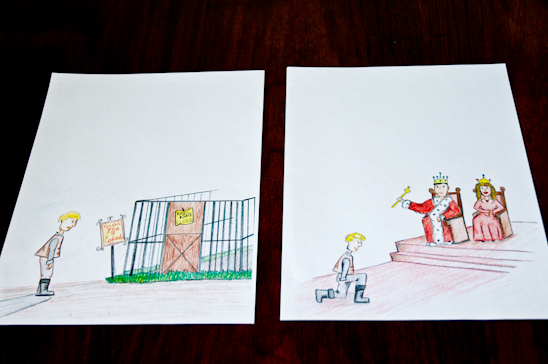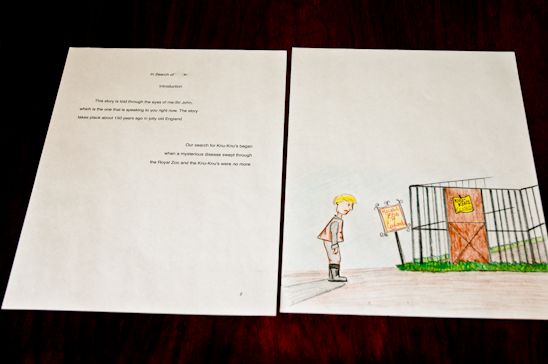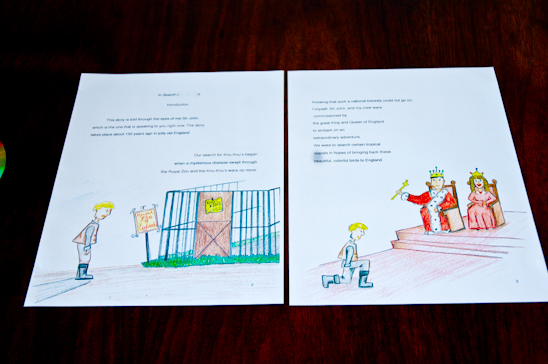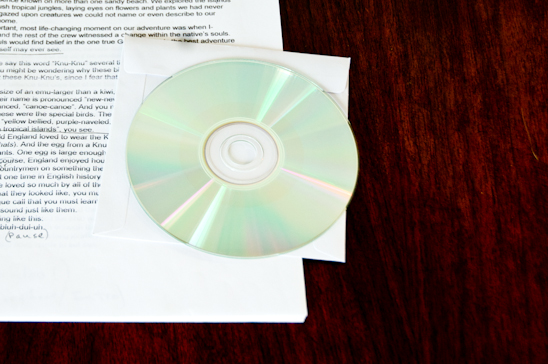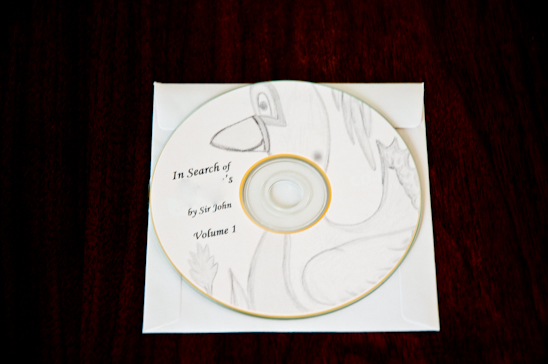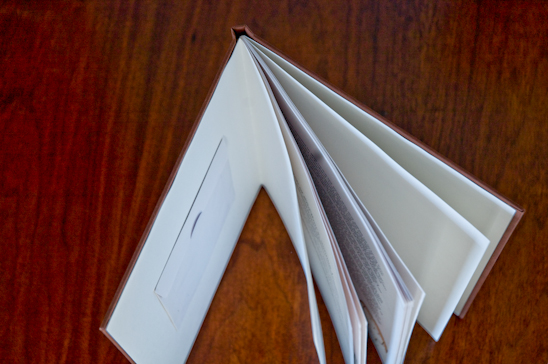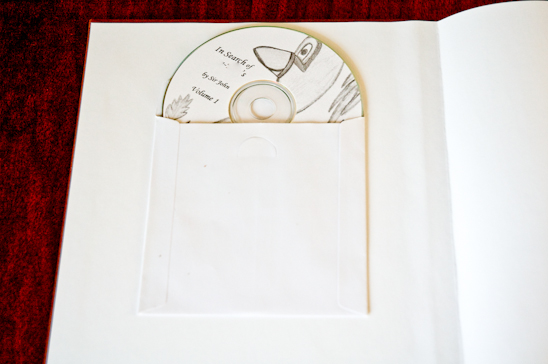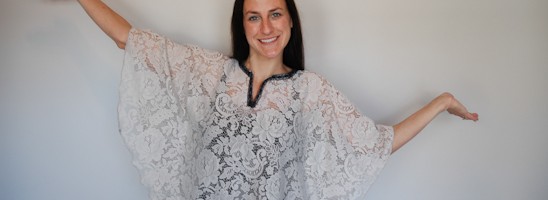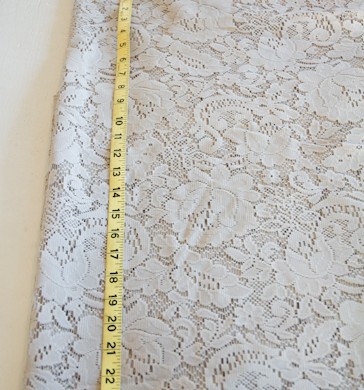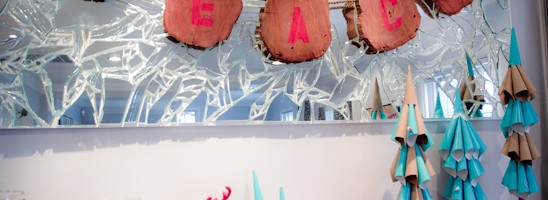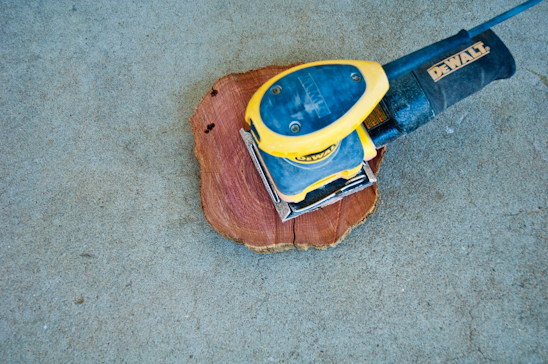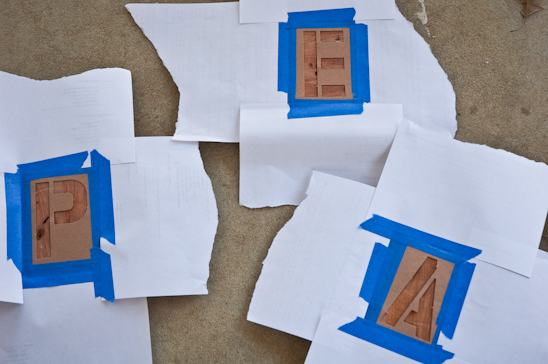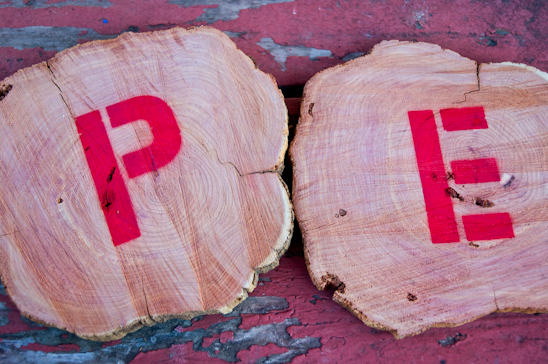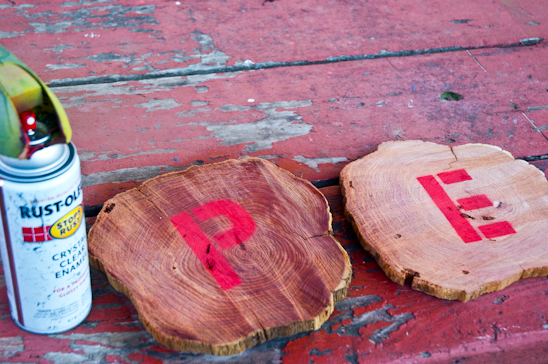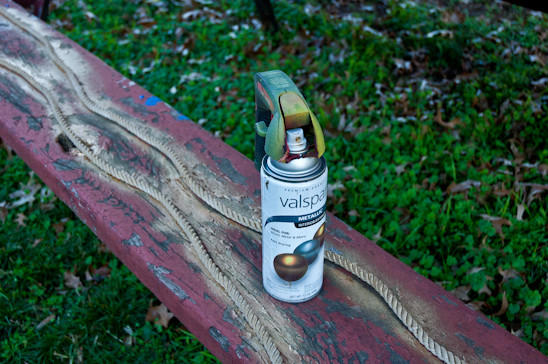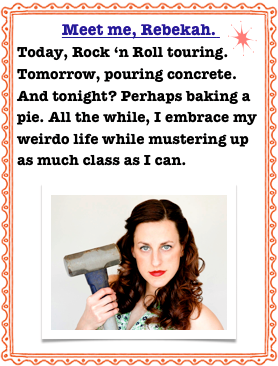Cheap, Organic Facial Moisturizer-Phase 1 of My Month Long Challenge
I’ve been challenging myself to slowly rid our house of anything with nasty chemicals and large price tags. As I begin to use the final drop of something off the shelf, I am concocting a replacement with little more than what I have on hand or what I can find at the organic market.
But the replacements must meet or exceed three important expectations for this frugal gal:
1. It must be easy to replace-no beakers or science lab experiments. Thank you.
2. It must be just as good or better than the current product I’m using and,
3. It must cost the same or less than the current product I’m using.
If the product I create passes the final test-me using it for over two plus week to make sure it doesn’t stink-then I’ll be sharing it with you. I will break down the cost for you, provide you the recipe and give you my honest opinion of the final product.
Up on the docket for replacement over the next month or so is: mascara, dishwasher detergent, washing machine detergent, eye makeup remover and tortilla chips (I know-they don’t quite fit in but they are my weakness and I need to replace the hydrogenated and fried naughtiness with something healthier), along with anything else I can get rid of.
Fasten your seatbelt. Here’s Phase 1 of ridding my house of chemicals-Cheap, Organic Facial Moisturizer.
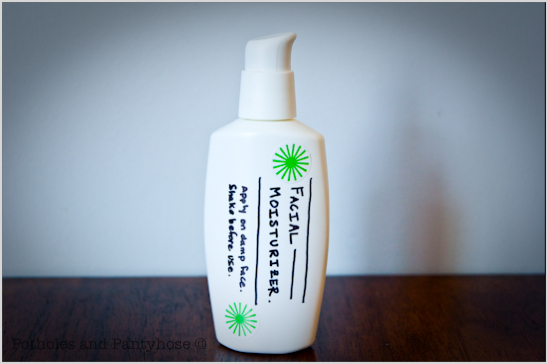
I am quite picky when it comes to my face. I have always had very sensitive skin that dries out if I even look at it wrong.
After several tries, I came up with a recipe that works wonderfully-without greasiness or smelliness.
And it costs $.75 per 2.5 oz. Yep. That’s right-seventy five freakin’ cents.
I’ve been spending $12-14 for 2.5 oz!
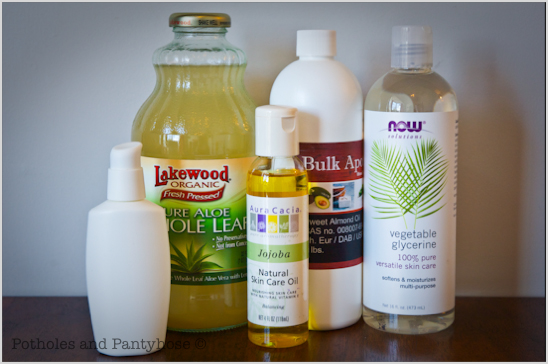
Here’s what you’ll need to make your very own Cheap, Organic Facial Moisturizer:
4 TBS Pure Aloe Vera (drinkable kind)
1 tsp Vegetable Glycerin
6 Drops Jojoba Oil
1/4 tsp Sweet Almond Oil
Container to keep the moisturizer in (I re-used my pricey lotion container).
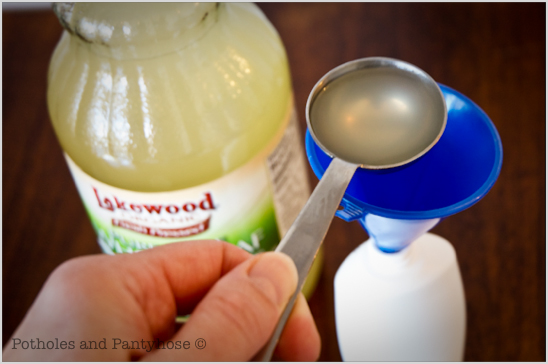
If necessary, use the funnel to add the 4 TBS of Aloe Vera.
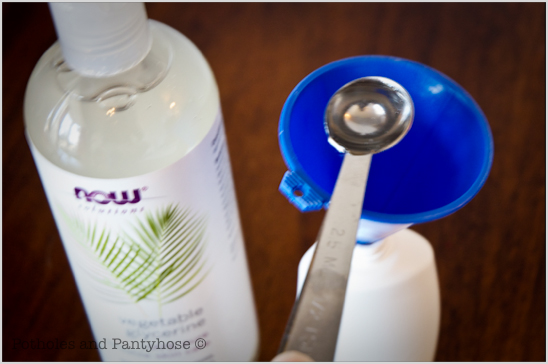
Next, add the 1 tsp Vegetable Glycerin.
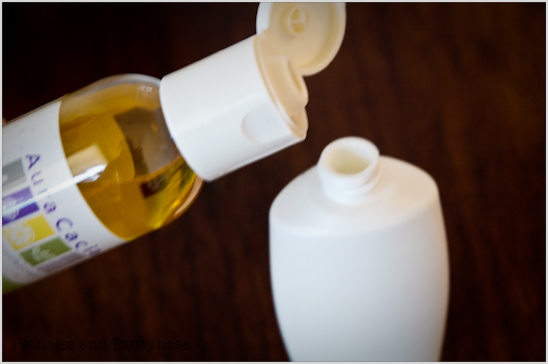
Add 6 drops of the Jojoba Oil.
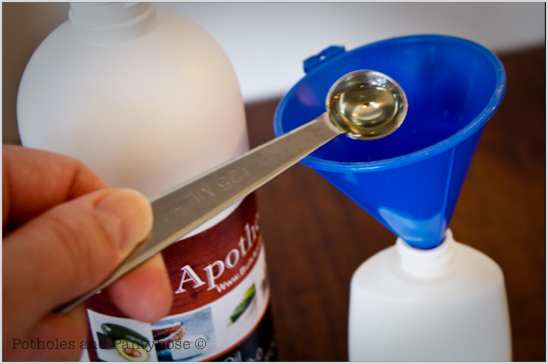
And the 1/4 tsp of Sweet Almond Oil.

Shake everything up in the container and before every use. The moisturizer will be watery-either apply by squirting into a cotton pad or into a cleansed hand and applying with clean fingertips. As it dries, it will be absorbed and leaves you with soft, silky skin.
That’s it. Simple as pie.
Here’s the financial breakdown:
$8.50 for 32 oz of Pure Aloe Vera (drinkable kind)
$9 for 16 oz of Vegetable Glycerin
$13.50 for 4 oz of Jojoba Oil
$5.75 for 16 oz of Sweet Almond Oil
Needed per 2.5 oz moisturizer:
4 TBS (2 oz ) Pure Aloe Vera= $.52
1 tsp (.16 oz) Vegetable Glycerin= $.09
6 Drops (.04 oz) Jojoba Oil= $.13
1/4 tsp (.04 oz) Sweet Almond Oil= $.01
TOTAL = $.75 per 2.5 oz
Click on the following to see more of my projects:
I’ve posted a Recipe for Facial Moisturizer, DIY Organic Dishwasher Detergent, Cheap, Organic Face Wash, DIY Household Green Cleaner and last week was my DIY Organic Eye Makeup Remover.
Linking up: The Thrifty Home
